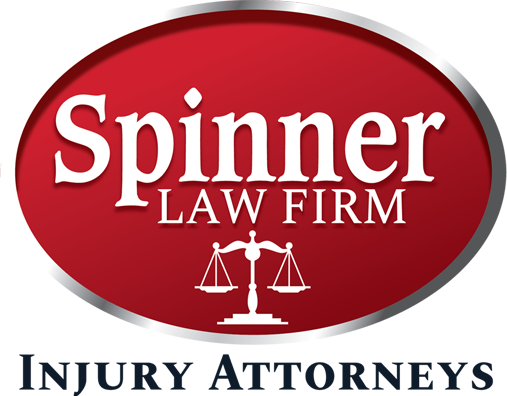Did you know? An estimated 8,959 lives were saved by child restraints from 1975 to 2008.
According to the National Highway Safety and Traffic Administration, “Motor vehicle crashes are the leading cause of death for (children) ages 3 to 14 (based on 2006 figures, which are the latest mortality data currently available from the National Center for Health Statistics).” Furthermore, every day in the United States, about four children under age 14 were killed, and 529 were injured in motor vehicle crashes. With this in mind, we need to take every safety precaution available when traveling with children on the roads.
Recommendations For All Ages
- Select a car seat based on your child’s age, height, and weight.
- Keep your child in the car seat for as long as possible, as long as your child fits the seat’s height and weight requirements.
- All children under 13 should ride in the back seat.
According to the NHTA seating recommendations for children:
- Birth – 12 months: Children under age 1 should always ride in a rear-facing car seat.
- 1 – 3 years: Keep children rear-facing as long as possible. It’s the best way to keep them safe. Your child should remain in a rear-facing car seat until he or she reaches the top height or weight limit allowed by your car seat’s manufacturer. Once your child outgrows the rear-facing car seat, your child is ready to travel in a forward-facing car seat with a harness.
- 4– 7 years: Keep your child in a forward-facing car seat with a harness until he or she reaches the top height or weight limit allowed by your car seat’s manufacturer. Once your child outgrows the forward-facing car seat with a harness, it’s time to travel in a booster seat – but still in the backseat.
- 8 – 12 years: Keep your child in a booster seat until he or she is big enough to fit in a seat belt properly. For a seatbelt to fit properly, the lap belt must lie snugly across the upper thighs, not the stomach. The shoulder belt should lie snug across the shoulder and chest, and not cross the neck or face. Remember: your child should still ride in the backseat because it’s safer there.
For further information please visit the National Highway Safety and Traffic Administration’s website for numerous life saving tips. http://www.nhtsa.gov/Safety/CPS
As always, if you or someone you know has been injured in an automobile accident, please ask them to call us. We’re right here, for you.
Leave Your Reply
You must be logged in to post a comment.













